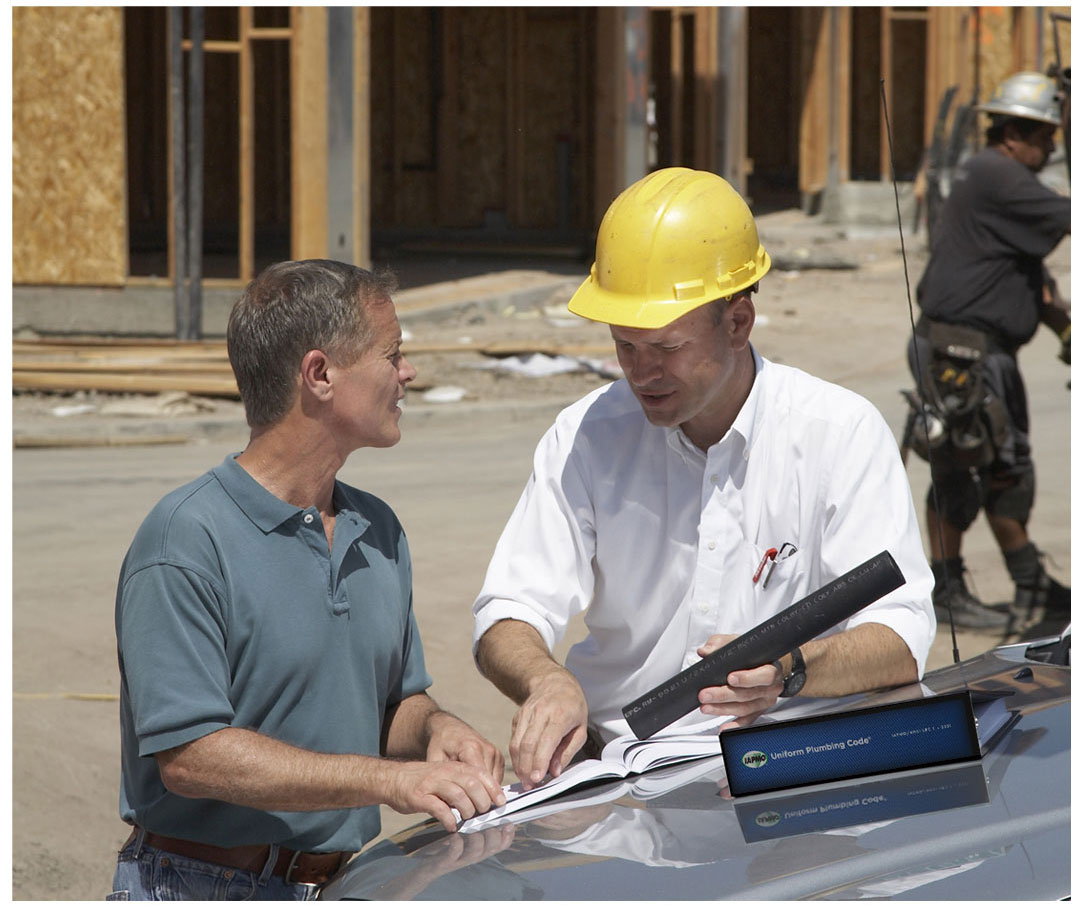February 2, 2023

From the 2021 UPC Illustrated Training Manual, Chapter 5, WATER HEATERS
509.5.5 Size of Chimneys. The effective area of a chimney venting system serving listed appliances with draft hoods, Category I appliances, and other appliances listed for use with Type B vents shall be in accordance with one of the following methods:
(1) Those listed in Section 510.0.
(2) For sizing an individual chimney venting system for a single appliance with a draft hood, the effective areas of the vent connector and chimney flue shall be not less than the area of the appliance flue collar or draft hood outlet or greater than seven times the draft hood outlet area.
(3) For sizing a chimney venting system connected to two appliances with draft hoods, the effective area of the chimney flue shall be not less than the area of the larger draft hood outlet plus 50 percent of the area of the smaller draft hood outlet or greater than seven times the smaller draft hood outlet area.
(4) Chimney venting systems using mechanical draft shall be sized in accordance with approved engineering methods.
(5) Other approved engineering methods. [NFPA 54:12.6.3.1]
The sizing of chimneys is provided in Section 510.0 in the form of tables and additional requirements. These venting requirements were developed by a research project funded by the Gas Research Institute (GRI) and conducted by Battelle.
The requirements in Section 510.1.10 recognize that there is a significant difference between the operation of interior and exterior chimneys. An exterior chimney has one or more sides exposed to the outdoors below the roofline, whereas an interior chimney is not exposed to the outdoors below the building’s roofline. (Chimneys that pass through unheated attics or garages are not considered to be outdoors.) An interior chimney is largely isolated from weather changes. An exterior chimney is affected by the outside ambient temperature; there-fore, the requirements for exterior chimneys are keyed to the lowest temperature expected in different parts of the country.
The requirements for sizing chimneys were developed using a flue loss of 17 percent for the heating appliance. Most real furnaces and boilers operate at a higher flue loss; therefore, the code requirements are conservative. Several manufacturers offer customized vent kits, which provide venting requirements for masonry chimneys that are keyed to the exact performance of their appliances. In this case, their recommendations should be used.
The sizing methods in Sections 509.5.5(2) and 509.5.5(3) permit a simple, alternative, chimney-sizing method that limits the vent to a maximum size of seven times the smallest draft hood outlet area and a minimum size based on the draft hood outlet areas. These methods limit the maximum size of the vent connector and gas vent to minimize condensation in the gas vent caused by insufficient flow of hot vent gases to heat an excessively large gas vent. Excessive condensation can cause premature failure of a chimney.
Note that Section 509.5.5(3) limits the use of this alternative to chimney venting systems serving only two appliances. Sample calculations using the venting tables in Section 510.0 with the alternative method resulted in vent sizes that were too small when four or more appliances are involved, and for some tall vents. The alternative always provides acceptable vent sizes for two appliances. Venting systems serving more than two appliances must use the vent sizing tables in Section 510.0 or other engineering methods.
The 2021 Uniform Plumbing Code Illustrated Training Manual is available for purchase here.
(This is not to be considered the official position of IAPMO, nor is it an official interpretation of the Codes.)
© 2023 International Association of Plumbing and Mechanical Officials.
Last modified: February 2, 2023
